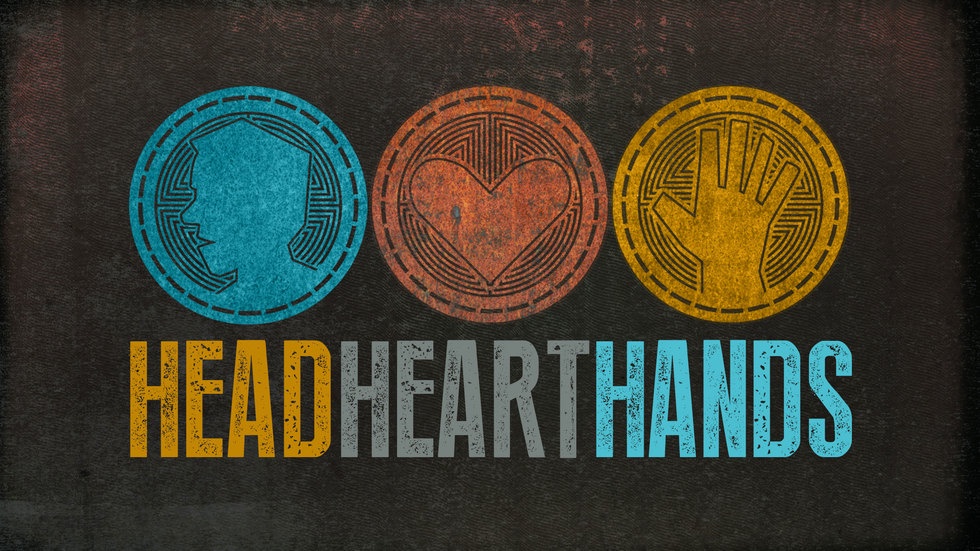Welcome

Hello and welcome! My name is Jeff Piestrak. I’ve created this blog as a space for learning and working “out loud” (more on that below). And to hold some of my good intentions accountable to action.
I’ll be writing about food and agriculture, community and regional development, ecological restoration, right livelihood, social learning, and technology. All viewed through the lens of health, equity, resilience, and sustainability, and what I think might be context appropriate “places to intervene” in support of those systems level outcomes. Especially in the place where I live, the Finger Lakes region of “Upstate” New York in the US.
In addition to my own experience, I’ll be drawing from things like self-determination theory, socio-technical systems theory, and solidarity economy approaches as part of this reflective process. I’ve found these particularly helpful in understanding how we got the systems we have today, why some persist despite their evolutionary mismatch, and how we might transition toward better ones.
Telling a New Story
One way we hold ourselves back from making positive changes are the stories we tell ourselves, consciously and unconsciously. Stories of how the world is or should be, or what is even possible. Stories which, in this age of misinformation and disinformation, are often in conflict with each other. Sometimes causing us to question our own agency and very sense of reality.
I intend to explore and occasionally confront those stories as they relate to my life and values, and to suggest alternative ones. Shining a light on not only what is possible, but already here.
As Arundhati Roy wrote in War Talk,
Our strategy should be not only to confront empire, but to lay siege to it. To deprive it of oxygen. To shame it. To mock it. With our art, our music, our literature, our stubbornness, our joy, our brilliance, our sheer relentlessness – and our ability to tell our own stories. Stories that are different from the ones we’re being brainwashed to believe…
Remember this: We be many and they be few. They need us more than we need them.
Another world is not only possible, she is on her way. On a quiet day, I can hear her breathing.
A Necessary Unity
This blog is part of larger efforts to put my head, heart, and hands to work in support of new stories and a better world. Sharing what I’m learning as I struggle to integrate those ways of sensing and acting. Attempting to bring them into greater alignment, with each other, and broader systemic manifestations of health and well-being.
I see this personal journey related in some ways to what systems theorist Gregory Bateson called a “necessary unity”. A unity between emotion and thought, mind and nature, and individual learning and planetary evolution…
We face, then, two great stochastic systems that are partly in interaction and partly isolated from each other. One system is within the individual and is called learning; the other is immanent in heredity and in populations and is called evolution. One is a matter of the single lifetime; the other is a matter of multiple generations of many individuals…
These two stochastic systems working at different levels of logical typing, fit together into a single ongoing biosphere that could not endure if either somatic or genetic change were fundamentally different from what it is.
The unity of the combined system is necessary.
The fact is life as we know it would not exist without such unity. Today’s complex global networks of communication and coordination (of which this blog is a part of) can trace their evolution back to the first multi-cellular organisms and partnerships they formed.
Despite persistent overly simplified zero-sum myths like the selfish gene, survival of the fittest, and the tragedy of the commons, we can see the arc of the evolutionary universe continue to bend toward cooperation and prosociality if we look hard enough. New ways of organizing ourselves like platform cooperatives, and agroecological approaches to sustainable livelihoods are emerging every day. I intend to spotlight those here.
Working Out Loud?
While the motivations for Working Out Loud (WOL) vary for each individual, John Stepper describes it most broadly in this way:
Working Out Loud starts with making your work visible in such a way that it might help others [leading with generosity]. When you do that – when you work in a more open, connected way – you can build a purposeful network that makes you more effective and provides access to more opportunities.
Building a more purposeful and connected network is one reason I’ve decided to experiment with using the write.as platform for this blog. Because it’s part of the networked “fediverse”, others can follow and comment on blog posts directly from platforms like Mastodon. You can find this blog there at jeff@headhearthands.xyz, and my personal account at https://social.coop/@jeff. I’ll also be adding relevant hashtags to my posts, making them easier to find on the fediverse by topic.
Cheers, Jeff



